Fridges, Iceboxes & Coolers By Brand
Companion Lithium 60L Single Zone Fridge Cover
Don't Pay RRP: $164.99
Companion Lithium 75L Dual Zone Rechargeable Fridge/Freezer
Don't Pay RRP: $1,849.99
Companion Lithium 75L Dual Zone Rechargeable Fridge/Freezer w/ Transit Bag
Don't Pay RRP: $2,039.98
Companion Performance IceBox With Bail Handle - 15L
Don't Pay RRP: $179.99
Companion Performance IceBox With Bail Handle - 25L
Don't Pay RRP: $239.99
Dometic CFF 45-pack Portable fridge/freezer - 44l
Don't Pay RRP: $1,085.00
Dometic CFF 70DZ Pack Portable fridge and freezer - 70L
Don't Pay RRP: $1,399.00
Dometic CI-85W Roto Moulded COOL-ICE 85L Ice Box With Wheels
Don't Pay RRP: $625.00
Engel 39 Litre Combi Portable Fridge and Freezer
Don't Pay RRP: $1,499.00
Engel 39 Litre Combi Portable Fridge and Freezer & Msa Ds40 Fridge Drop Slide Bundle
Don't Pay RRP: $2,397.00
Engel 75 Litre Combi Portable Fridge and Freezer
Don't Pay RRP: $2,159.00
A portable camping fridge is a battery-powered mobile refrigeration device that uses your car's 12-volt electrical system to keep your food and drinks cold (or frozen) for an extended period of time. It costs more than a cooler or an esky, but you'll never have to worry about running out of ice again. Caravanning across Australia necessitates a greater capacity and more features than shorter camping trips, when compactness and agility are more significant considerations. How many persons will your camping fridge have to accommodate? Will it be kept in a vehicle, utilised as an extra fridge at home 24 hours a day, or only used a few times a year?
Large camping fridges have more capacity but demand more electricity, and they take up more space in your car. When selecting a camping fridge, make sure it will fit inside your vehicle, taking into account the additional height of any mounting hardware or slides. Make sure there's adequate area for any vents and that you'll be able to open the lid. Large rcamping fridges are also heavy, and with a complete family and their belongings already aboard, a fully loaded fridge could push your car over its gross vehicle mass limit (GVM). The sizes are indicated in litres, but because this can be difficult to visualise, we've included a more universal unit of measure: cans of soda.
- 25L or less (27 cans) - These small camping fridges, which are essentially powered coolers, are ideal for keeping lunch cold in a work van for you and your coworker. If you need to keep medicines refrigerated and near at hand, they're also a good choice.
- 35 litres (47 cans) - Ideal for a romantic weekend away for two, or a single trip for a week.
- 40 litres (60 cans) - 40L camping fridges are the most popular or'standard' size and are ideal for two or three people for a long weekend.
- 50 litres (72 cans) - It's perfect for a week-long adventure for two people or a long weekend for a family.
- 60–65 litres (106 cans) - A good-sized camping fridge for a family of five, or for feeding your sports team. There's plenty of capacity to keep the team's half-time oranges on ice, but bear in mind the amount of space and weight it takes up in your vehicle.
- 80L and up (120 cans) - There's enough room for a week away with a large company, but size and weight may be an issue. It might be more cost-effective to split the load amongst smaller camping fridges and various cars. Some camping fridges also include expansion inserts that attach onto the top for extra capacity when needed.
How do camping fridges work?
Two-way camping fridges use 12-volt or mains power, but three-way camping fridges use both electricity and gas. So, which is the best option? Two-way camping fridges employ the same compressor technology as standard refrigerators, but they're designed to function on your car or truck's 12- or 24-volt battery as well as mains power. They're ideal for most uses because they're designed to run off your car's electrical system without consuming too much current, but they can also be switched to 240 volts in electrified campgrounds or at home.
Compressor camping fridges: Unlike gas fridges, require regular battery charging, so they may not be the greatest choice for a month in the field, but they'll work OK with a small solar panel arrangement.
Pros: Excellent performance, especially in hot automobiles and hot environments. Some of them can also be used as freezers. Work on inclines or uneven terrain. For use outside of the car, a solar panel can be used. Designed to run off your car battery efficiently and with a low current consumption.
Cons: Maintaining a constant temperature while the outside temperature changes can be difficult. In quiet campsites, compressor noise may be audible. If you don't charge your batteries on a regular basis, your refrigerator will cease working. It will switch off overnight if it is powered by solar. It's possible that AC adaptors will have to be purchased separately.
Portable fridges that are three-way (absorption) or gas: Three-way refrigerators employ gas flow heat exchangers rather than compressors and can work on LPG, 12, 24, or 240 volts. They're quiet, but they don't function as well as compressor camping fridges, and they need to be kept level to work. If you're spending a long time in a remote place, three-ways come in handy because one LPG cylinder can keep your fridge cold for weeks, well beyond the capacity of a battery system.
Pros: In terms of power sources, it is the most adaptable. On a single gas fill, the machine can run for several weeks. A sophisticated dual-battery arrangement may not be required. It is almost silent.
Cons: Because it must be level to operate, it is not suitable for frequent movement. When functioning on 12 volts, it is inefficient and quickly drains batteries.
Because they require excellent ventilation, they are not suitable for caravans that are tightly sealed. You won't be able to specify a temperature; instead, it will cool to a specific degree below ambient. It's fine for mild weather, but not for extremes of temperature. Camping fridges with compressors perform better in this instance.
Thermoelectric refrigerators: These camping fridges do not chill as well as other types and consume significantly more electricity. We've tested these before and found that none of them could keep food at acceptable temperatures in anything but the mildest of conditions, so they're only good for keeping pre-chilled drinks cool on the way to weekend activities or on the way home from the store.
What are the prices of portable camping fridges?
Portable camping fridges aren't cheap; a 40–55L two-way fridge will set you back $800–2000, while a three-way fridge would set you back $350–1300. To get the most out of your fridge, remember to include in the cost of extras like covers, mounting hardware, multiple battery systems, and other vehicle modifications. Is it better to have a fridge or a freezer, or both? Portable refrigerators with two zones: You won't need freezer capabilities if you're only keeping your lunch cold, but it's necessary if you're going to be gone for more than a day or two. Dual-compartment refrigerators are the most convenient since they combine the functions of a refrigerator and a freezer. By placing a barrier between frozen products on the bottom and fresh food on the top, some innovative single-compartment fridges can also do double duty. While it is less convenient, you will have more overall area because there are no dividing walls. For the same effect, pair a single compartment model with an esky or cooler by freezing ice bricks overnight in the fridge to keep drinks cold in the cooler the next day.
What is the best camping fridge freezer:
Look for a camping fridge where the current drain is little, especially when running on 12 volts. This is a direct indication of how long your battery will survive at your campsite or in a parked car, as well as how long your camping fridge will run. Five amps is a lot of power, and one amp is not a lot of power. Remember that the temperature inside a vehicle can quickly rise, so if you're parked in the sun with the windows down, your fridge will be working overtime. When you use your portable camping fridge as a freezer, your current draw will be higher than when you use it as a refrigerator.
Battery protection: A camping fridge that shuts off when the battery starts to fail could rescue you from being stranded, especially if you're running it off your starting battery — seek for a type that cuts out at a fairly high voltage to keep your battery from going flat. Look for a camping fridge that provides different levels of protection. To protect the compressor, some camping fridges are designed to turn off at a very low voltage (typically 9.5V), however this will not help your battery. Deep cycling a conventional car battery with a portable camping fridge will significantly diminish its life (and leave you stranded), therefore battery protection can help you avoid this. For regular fridge use, you might want to consider installing a dual-battery system (with a battery suited for extensive cycling).
If you'll be using your refrigerator at home, think about how much it will cost you in power and opt for an energy-efficient model. Portable refrigerators aren't required to have an energy star rating, and they're typically constructed for 12-volt use, so they can use as much electricity as a full-sized refrigerator despite their compact size. Instead, invest in a larger primary refrigerator and keep the portable fridge for weekends away. Check that your camping fridge has the suitable 12-volt hookup for your car. Many portable camping fridge come with a cigarette lighter plug that fits into your vehicle's accessory socket, but these connections aren't designed for high-current use applications like camping fridges. When you encounter a bump, they can even unhook your fridge, turning it off totally.
Some camping fridges also come with a range of connectors that can be used with power sources already in your vehicle. Although an Anderson type plug is prefered because it is built for high current demand and connects securely, you may need to have one fitted. Robust mounting gear is required to prevent your camping fridge from tipping over on sharp corners or becoming a projectile in the event of an accident. To hold your camping fridge in place, look for solid mounting points and make sure your vehicle has appropriate tie-down points. You may want a specific mounting kit if you take your outdoor adventures seriously (let's face it, if you're buying a portable fridge, you probably do), and there are a range of OEM and aftermarket mounting kits available for most fridges here:
Check that the kits are compatible with both your fridge and your vehicle, and that attaching and removing your fridge is simple when you go home or to camp. Portable fridge slides: A fridge slide makes it easier to access refrigerators, and a drop slide makes it even easier – especially if your 4x4 has been lifted. You might also want to think about shock-absorbing items like a foam base.
Thick walls and insulation: Look for a camping fridge with thick walls and insulation, as this will generally mean better efficiency and less load on your compressor, as well as a lower power consumption. Consider the materials used for the outside casing: metal is sturdy, but it conducts heat more readily than plastic, whilst fibreglass provides the finest insulation. Thermal covers are available as an option and give additional insulation as well as protection against bumps, scratches, and dents caused by other items in your vehicle.
Portable camping fridges, by their very nature, are exposed to a considerably larger range of ambient temperatures than your house fridge, and fluctuations in ambient temperatures can cause the internal temperature of your camping fridge to fluctuate. With an integrated thermometer and an adjustable thermostat, you can easily monitor the inside temperature of your camping fridge without having to constantly lift the lid, and you can change it to maintain optimum temperatures. With a thermostat that allows you to set the temperature as low as -18°C, you may use it as a fridge or a freezer, making it far more adaptable.
A good temperature range: You should have a thermostat and a thermometer, but what temperature should you set your refrigerator to? There are many of possibilities because most portable camping fridges have a temperature range of roughly 10°C to -18°C. If you're using your camping fridge for fresh items, aim for a temperature of around 3°C, while for freezer use, aim for a temperature of around -15°C.
A drain plug on the bottom of your fridge, similar to the ones found in many coolers, makes cleaning a breeze. You won't have to drain buckets and buckets of melted ice like you would with a cooler, but you will be able to rinse out your fridge more quickly without having to tip it over. Look for a bung that stays attached to the camping fridge so you don't lose it. Look for solid construction, strong hinges, and tough casings in your camping fridge because it will be subjected to the rigours you'll put it through. A good camping fridge should be able to support the weight of a person standing on it.
Portable camping fridges come in a variety of casing materials, so think about what's best for your needs – metal is tough and suitable for heavy-duty applications, plastic can flex a little, making it a good choice for touring, and fibreglass is strong and corrosion-resistant, making it ideal for marine applications. Because your camping fridge is likely to be thrown around and beaten in the back of your car, avoid materials and finishes that would showcase dents and scratches, such as polished metal, if aesthetics are important to you. Your portable camping fridge will also be more exposed to the light than your kitchen fridge, and UV radiation from the sun can cause plastic to become brittle or distort, which is especially problematic with plastic lids.
Type of compressor: Because the compressor is the heart of your camping fridge, buying one with a good one will keep you in business for a long time. Look for portable camping fridge with compressors from well-known brands, such as Camec, Engel and Dometic. Check the positioning of evaporators and cooling surfaces, as well as the location of vents and fans - your fridge will require excellent airflow to function correctly, so make sure they aren't impeded in your vehicle. Settings: Examine how simple it is to set and adjust the controls in order to maintain the desired temperature as conditions change. Removable baskets make it easier to retrieve items in a deep or single-compartment refrigerator. Choose baskets that are simple to clean.
Cover: A cover can keep your portable fridge insulated, allowing it to run more efficiently while also minimising current draw and protecting it from scratches. Check to see if covers for your fridge are available, and make sure they don't restrict controls, vents, or access. Check to see if a cover is included or if it must be purchased separately.
Spare parts availability: Even the best-built portable refrigerators can break down, and you'll most likely be far away from home when it does. Look for manufacturers that have a national distribution network and a high reputation for after-sales service, as this implies spare parts will be easier to come by. Don't discount lesser companies out of hand; many of them offer excellent after-sales service and will go out of their way to get you back on the road.
Other camping fridge accessories include: You might want to explore extras to improve the safety and utility of your fridge while camping, in addition to mounting hardware, a cover, and vehicle modifications. Nothing will put a damper on your day like returning to camp after a day of exploration only to discover some lowlifes. Put your meals in the portable camping fridge and go. A security cable can keep your fridge safe when you're away from camp or overnight. A portable camping fridge stand allows you to raise your refrigerator off the ground, keeping it clean and dry, and eliminating the need to bend over every time you want to retrieve something out of it.
A dedicated camping fridge battery pack allows you to run your fridge independently of your vehicle, allowing it to stay in camp while you're off and about. It also means you may leave your fridge running for longer periods of time without risking draining your car's battery. A solar panel can also benefit from the use of a battery pack.
Can a solar panel run a camping fridge?
If you're using a camping fridge, you're probably going to be off the grid for the majority of the time, which means you'll have to rely on battery power for your fridge and anything else electrical. When you're driving, your alternator can keep your car's battery charged, but using your fridge and other electrical devices around camp will slowly but steadily deplete your power source. Unlike generators, which may be noisy and smelly, photovoltaic panels can create free electricity to power your refrigerator during the day and charge batteries to keep it running at night. You might not be able to power everything solely from your panels, depending on the output of your solar setup and the current demands of your fridge, but if you can't, they'll certainly lengthen the time you get out of your battery pack.
Portable camping fridges constructed to order: If you have a bespoke 4x4 setup, why not add a custom portable fridge? Going bespoke gives you the ability to customise the size, shape, mounting options, and even thermostat type to meet your individual needs, much like the rest of your car. A one-of-a-kind camping fridge may be more reasonable than you think, and it will offer you bragging rights around the campfire. These are frequently found in tray and canopy setups.
How to save energy while camping with your fridge: Once you're off the grid, you're at the mercy of your batteries' capacity, solar panels' output, or a noisy, smelly generator, so it's critical to keep your current draw as low as possible. While you can still have a good time without lights, music, and the like, you're going to have a miserable time if you've run out of juice and have a fridge full of perishable food.
Pre-chill your food — If you make sure your food and beverages are cold before putting them in the fridge, the fridge won't have to work as hard to cool them down. Cool everything down in your kitchen fridge before packing for your trip, then restock with cold beers from the bottle shop's cool room. Allow frozen steaks to defrost gently in the fridge to help keep everything else cool.
Invest in a cover – A thermal cover is an important but occasionally optional accessory that adds insulation and improves energy efficiency. A cover also protects your pricey fridge from knocks, scratches, and other damage as an added bonus.
Take it out of the car - When your car is parked, the temperature inside can quickly rise, which is bad news for your fridge, which needs to work harder. If you're not going somewhere for a while, take your fridge out of the car if at all possible. If it isn't possible, consider parking in the shade with the windows cracked. Move it out of direct sunlight and into the shade — Moving your fridge to a shaded place reduces the amount of work it needs to do. This is especially true for non-powered coolers, as it extends the life of your ice. Fill it up — Because a fully stocked refrigerator has more thermal mass, the compressor cycles on and off less frequently, consuming less energy. When food supplies are running low, use freezer bricks or water bottles to keep the fridge stocked. If you use your refrigerator as a freezer, these ice bricks can be used the next day to retain fresh food at a safe temperature in a cooler or esky.
Turn it off at night — If you're camping in an area where it gets really chilly at night, you might be able to turn your fridge off without much effect on internal temperatures. Food, freezer bricks, and frozen water bottles provide a lot of thermal mass, which helps to keep temperatures stable. Reduce the freezer temperature — While we recommend maintaining your home freezer at -18°C for the optimum combination of energy consumption and long-term food storage, you're unlikely to keep food frozen for months in a portable fridge. Setting the thermostat a few degrees higher will save you money on energy while still keeping your food safe for the duration of your camping trip.
Why shop with Outback Equipment?
-
We’re Australian owned and operated – We’re based right here in the south of Brisbane. If you ever need help with an order or a product, you can call straight through to our friendly local team.
-
Plenty of payment options – You can pay via PayPal, MasterCard, Visa, zipMoney, Afterpay, and direct deposit – whichever is most convenient for you.
-
Delivered to your door – You don’t have to worry about darting across town to grab your order. We deliver your goods straight to your door to save you time and energy.
Order Your Camping Fridges Today
Stay in complete control of your kitchen with our range of camping fridges. For the best camping fridges Australia has to offer, shop online to find the finishing touches for your recreational vehicle





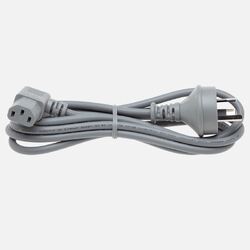

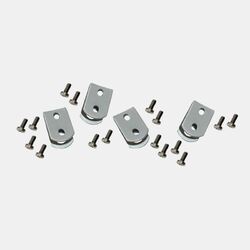
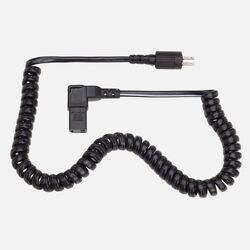
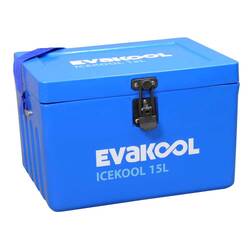

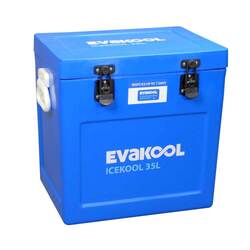
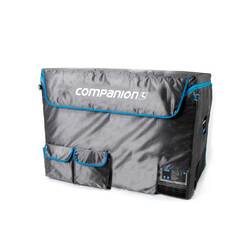

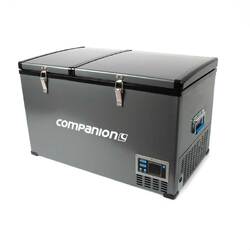
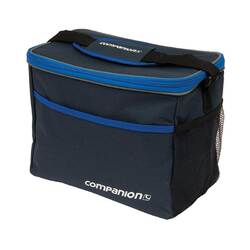
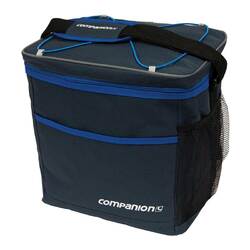
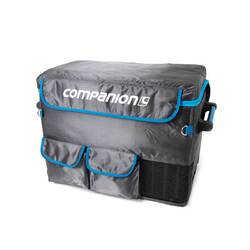
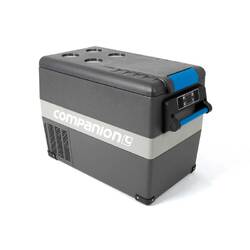
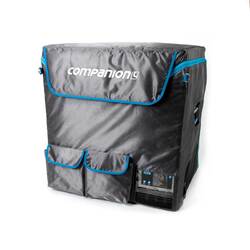
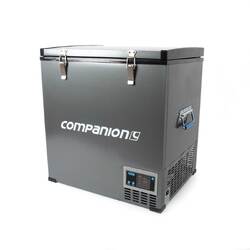
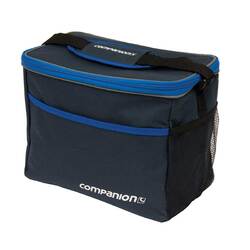
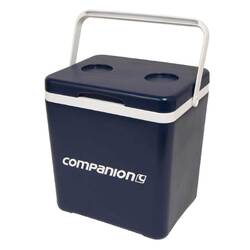
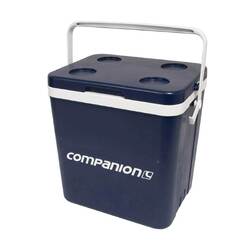
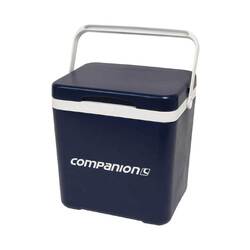
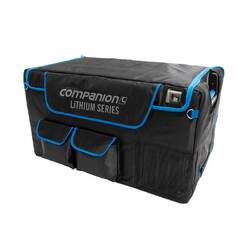
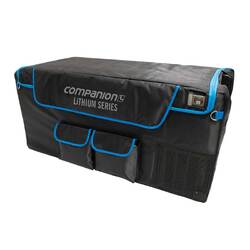
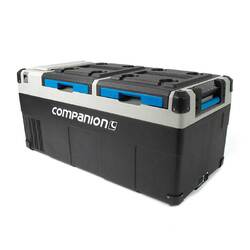
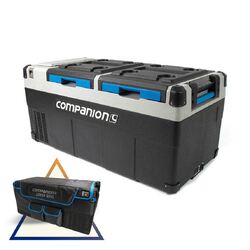
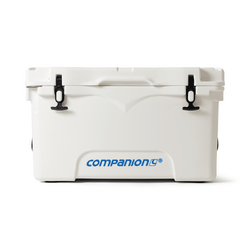
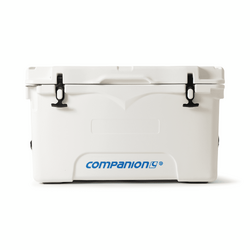
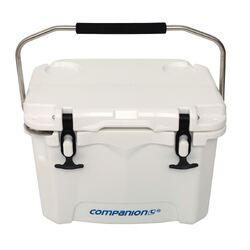
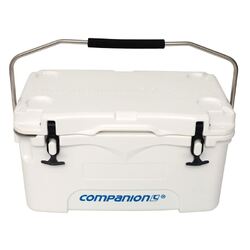
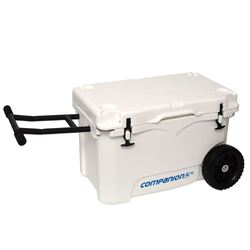
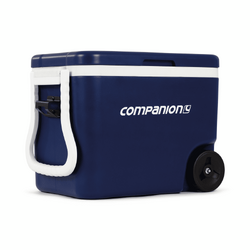
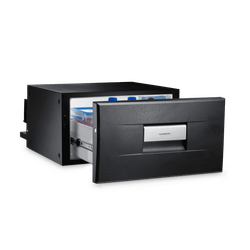

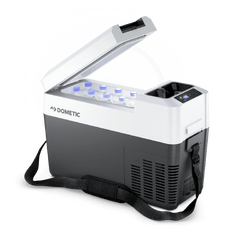
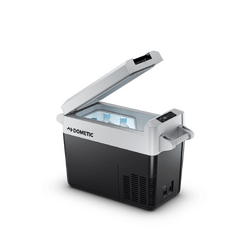
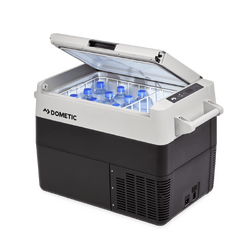
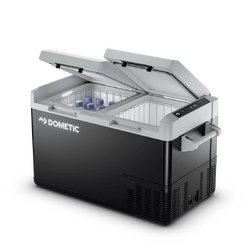
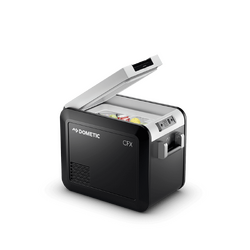
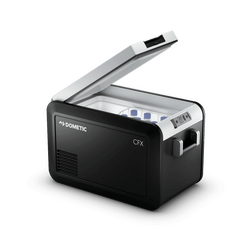
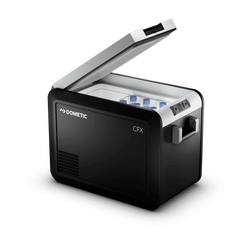
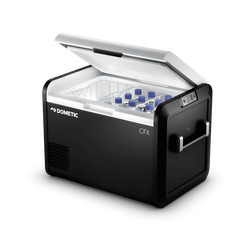
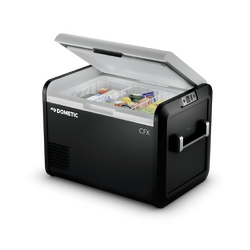
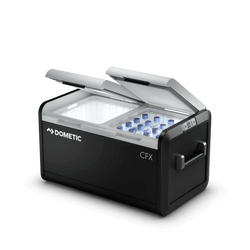
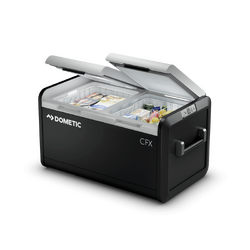
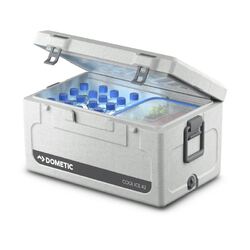
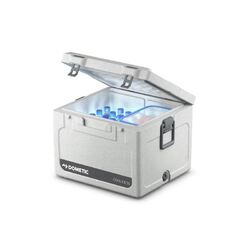
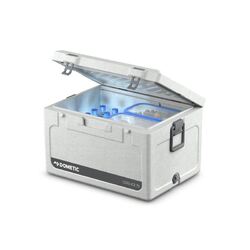
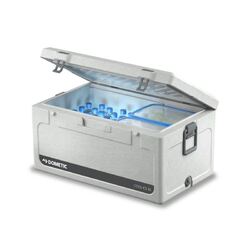
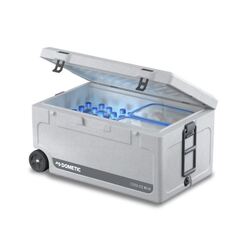
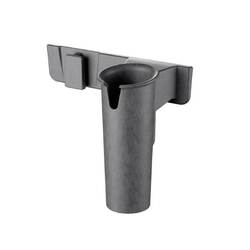
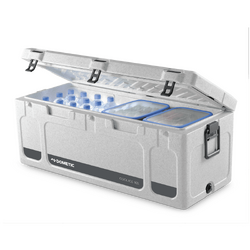
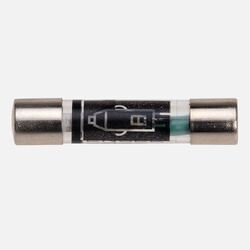
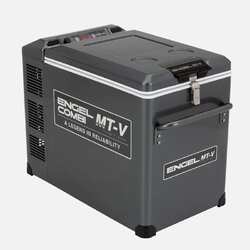
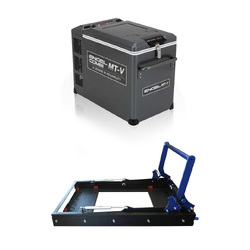
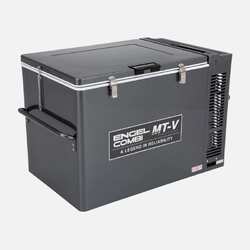
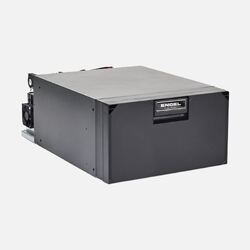
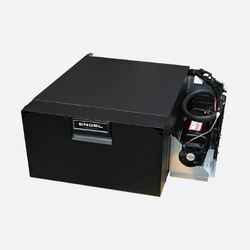
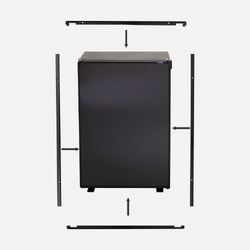
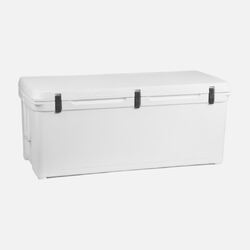
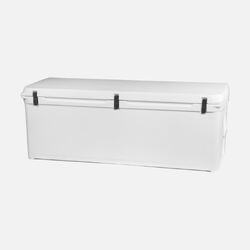

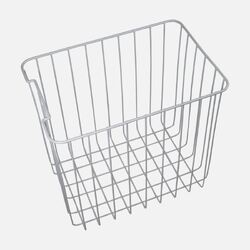
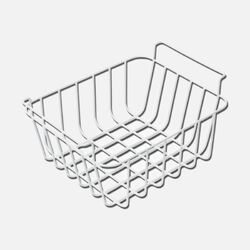
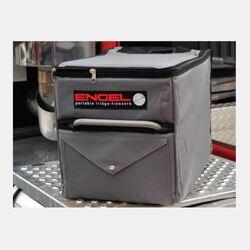
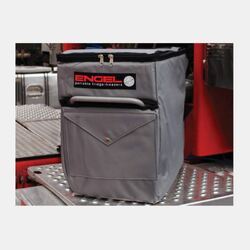

.png)